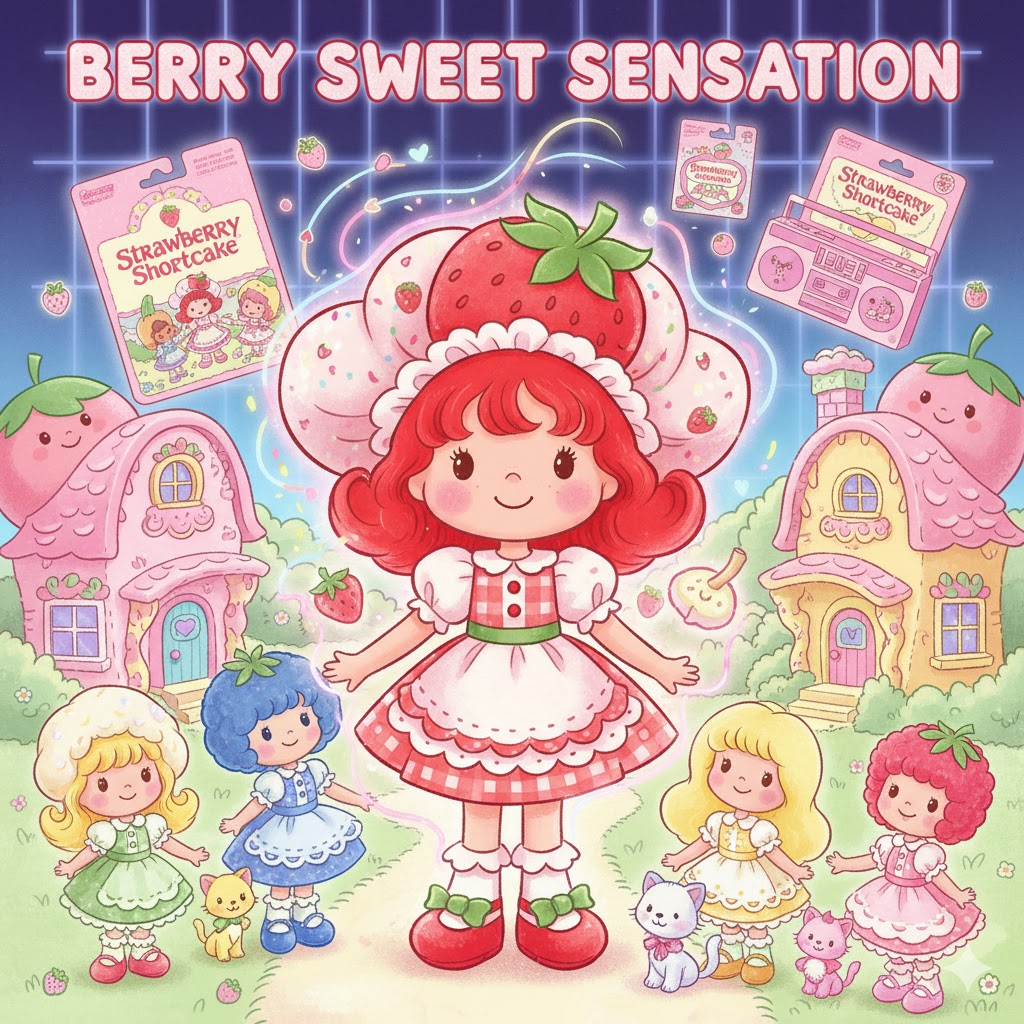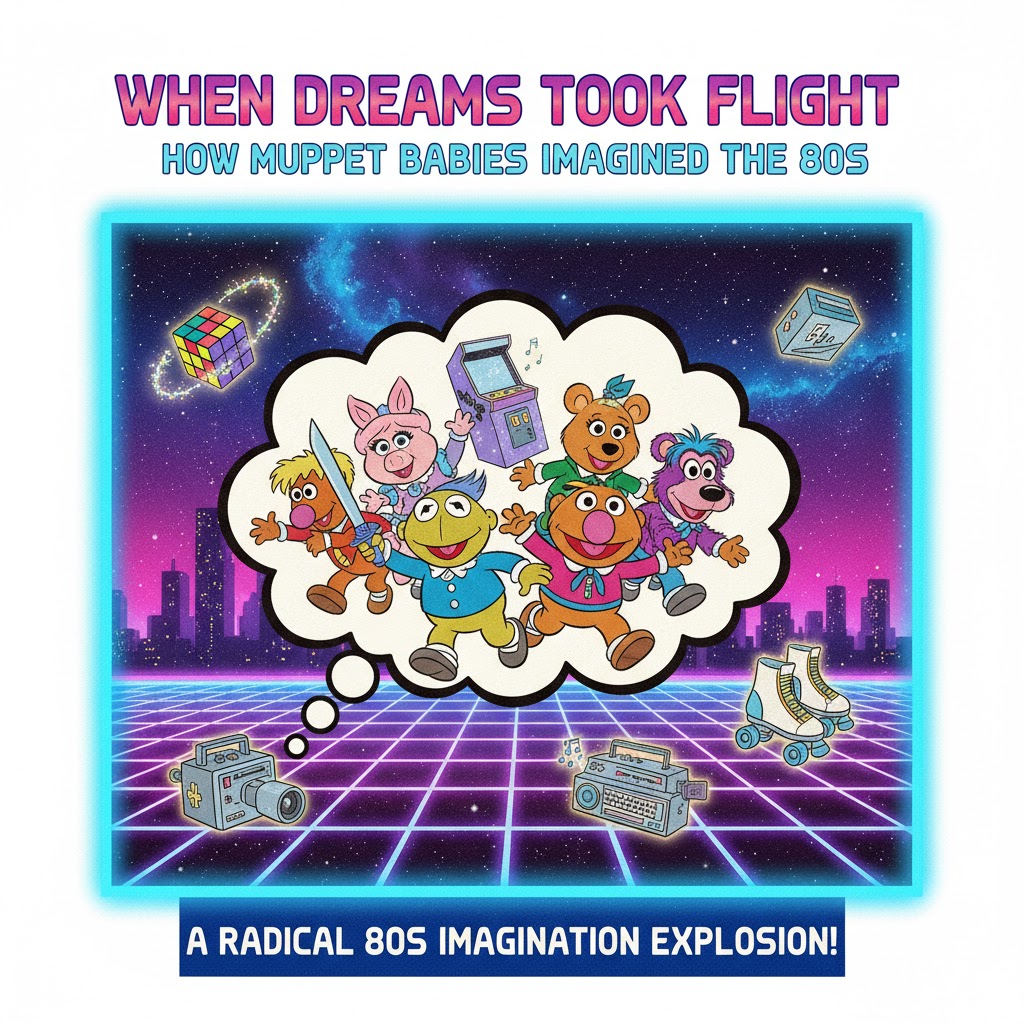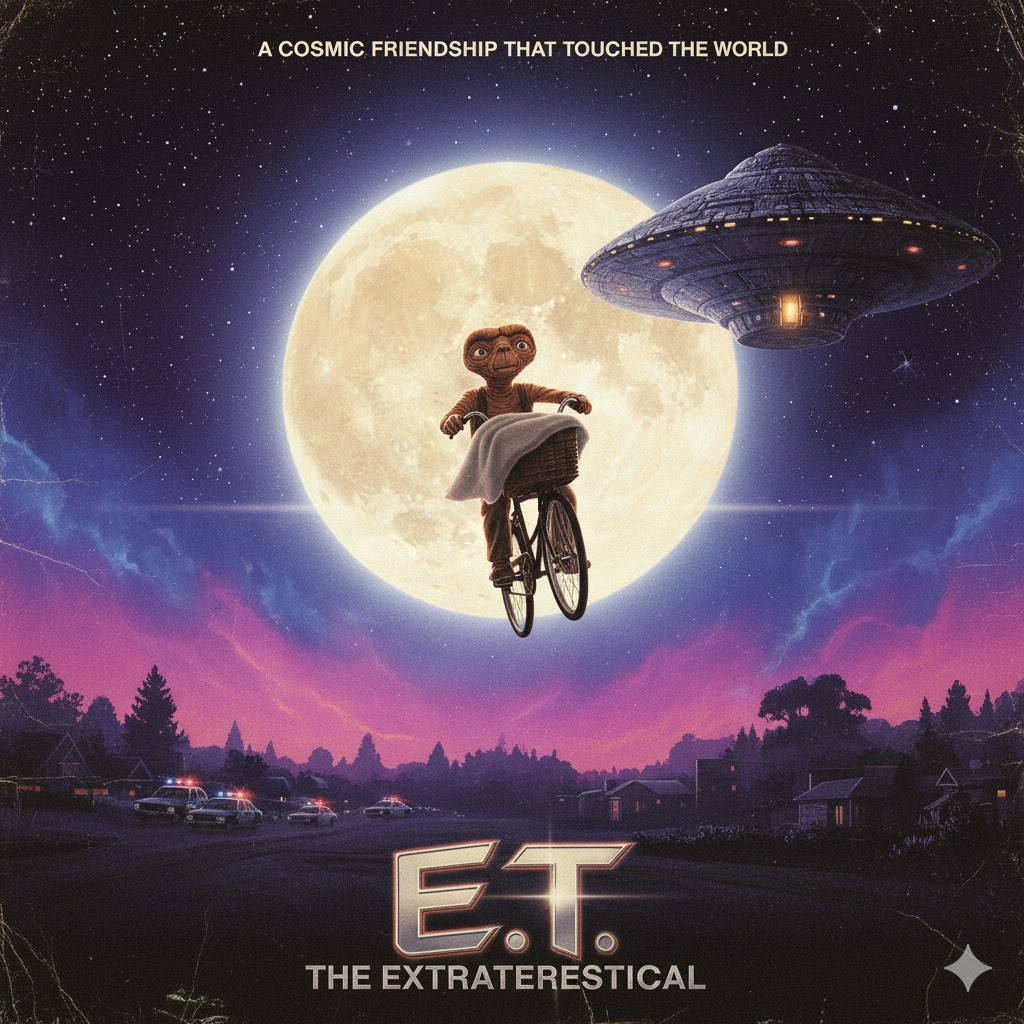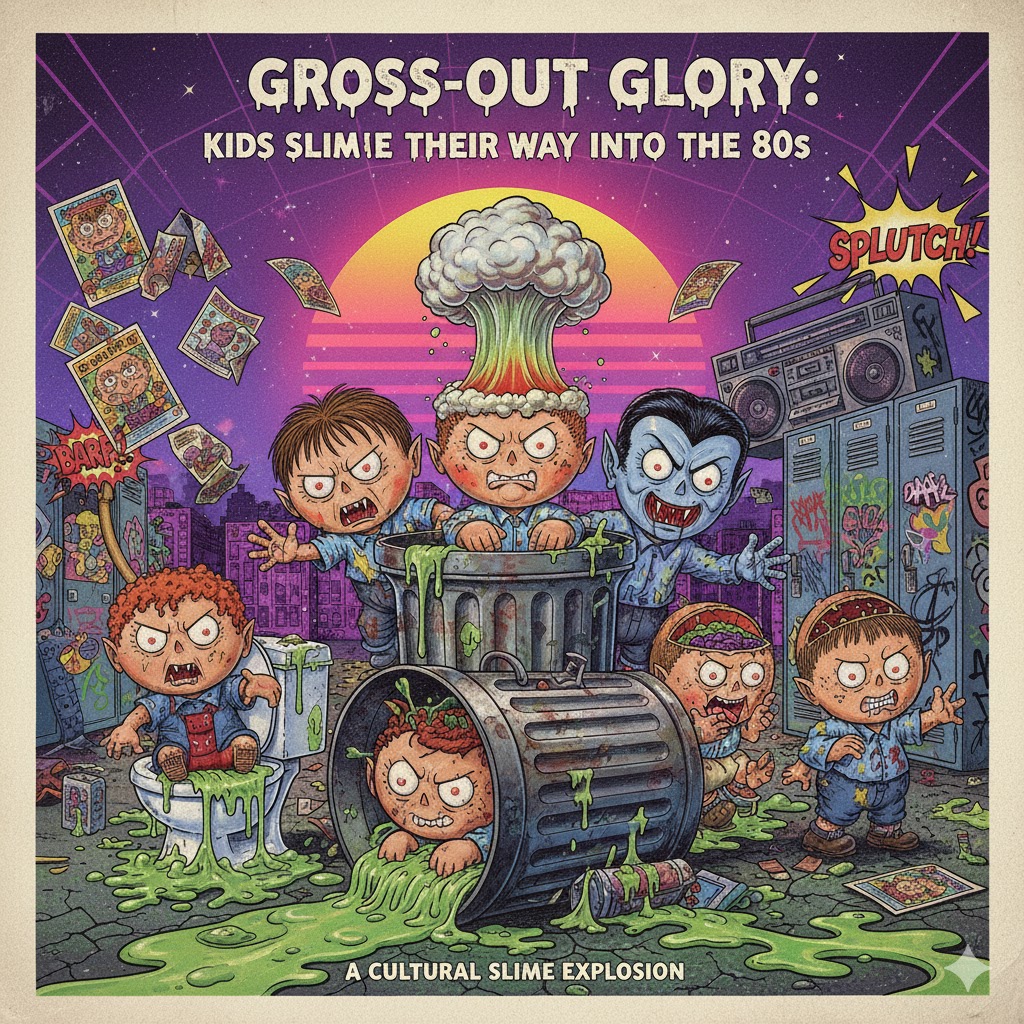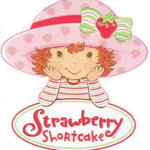 In an era ablaze with neon lights, arcade sounds, and action figures, a different kind of sweetness emerged to capture the hearts of millions. Strawberry Shortcake, a tiny doll with a giant hat and an even bigger scent, wafted into the 1980s and became an unexpected, yet undeniably potent, force in pop culture. More than just a toy, she blossomed into a multi-faceted franchise that defined a particular strain of childhood innocence, wholesome charm, and brilliant marketing, leaving an indelible mark on a generation of young fans.
In an era ablaze with neon lights, arcade sounds, and action figures, a different kind of sweetness emerged to capture the hearts of millions. Strawberry Shortcake, a tiny doll with a giant hat and an even bigger scent, wafted into the 1980s and became an unexpected, yet undeniably potent, force in pop culture. More than just a toy, she blossomed into a multi-faceted franchise that defined a particular strain of childhood innocence, wholesome charm, and brilliant marketing, leaving an indelible mark on a generation of young fans.
Her journey began not as a doll, but as a greeting card character for American Greetings in 1977. Designed by Barbi Sargent, the sweet little girl with red hair and a strawberry-themed bonnet quickly proved popular enough to transition into other products. The real explosion happened in 1979 when Kenner Products launched the first Strawberry Shortcake dolls, accompanied by a full line of merchandise. This marked the beginning of a phenomenon that would dominate toy aisles and children’s entertainment throughout the early to mid-80s.
What made Strawberry Shortcake so uniquely impactful? It was a masterful blend of several elements:
- Scented Appeal: The dolls were famously scented, each one carrying the aroma of the fruit they represented. Strawberry Shortcake herself smelled of strawberries, Blueberry Muffin of blueberries, and so on. This novel, sensory experience was a game-changer, adding an immersive and distinctive dimension to play that was virtually unheard of at the time. Children didn’t just see and touch their dolls; they could smell them, creating a deeper, more memorable connection.
- Wholesome Narrative: The world of Strawberry Shortcake was a deliberate antidote to the more aggressive or technologically driven themes emerging in children’s media. Her home, Strawberryland, was a place of gentle adventures, friendships, and positive values. Each character, from Custard the cat to Huckleberry Pie, embodied kindness, cooperation, and simple joys. This wholesome, unthreatening universe resonated strongly with parents seeking innocent entertainment for their children.
- Expansive Universe Building: The franchise didn’t stop at the main doll. It quickly introduced a vibrant supporting cast, each with their own fruit-themed name, pet, and distinct personality. This allowed for endless collecting, imaginative play, and narrative possibilities. This deliberate world-building created a universe that children could easily dive into, expanding beyond a single character to an entire community.
Strawberry Shortcake’s impact on 80s pop culture was vast and varied. She spearheaded a merchandising juggernaut that rivaled any other children’s brand of the era.
- Toy Shelf Domination: Beyond the dolls, the market was flooded with Strawberry Shortcake branded items. This included miniature figures, playsets of her Berry Happy Home, furniture, clothes, sticker albums, board games, and even toy vehicles like her Berry Merry Go-Round. Her presence was ubiquitous, turning every toy store visit into a quest for the latest scented character or accessory.
- Animated Adventures: The character quickly made the leap to animated specials, further cementing her appeal and expanding her narrative. Starting with “The World of Strawberry Shortcake” in 1980, these animated features were often aired during holiday seasons, becoming eagerly anticipated events for young viewers. They brought Strawberryland to life, reinforcing the characters’ personalities and the values they represented, making the world even more tangible and beloved.
- Fashion and Lifestyle: Strawberry Shortcake’s sweet, pastel aesthetic influenced children’s fashion and room décor. Her iconic red and white polka dots, bonnets, and gingham patterns were seen on clothing, bedspreads, curtains, and school supplies. She represented a gentle, feminine ideal that appealed to countless young girls, offering a distinct visual identity in a decade known for its bold and often clashing styles.
- A Trendsetter for Scented Products: Her success with scented dolls undoubtedly paved the way for other fragrant products aimed at children, from scratch-and-sniff stickers to scented markers. She pioneered the idea that a toy could engage more than just sight and touch, adding a powerful, nostalgic olfactory component to play.
Strawberry Shortcake’s enduring legacy lies in her ability to offer a comforting, joyful, and utterly charming escape. In a world that was rapidly becoming more complex and technological, she provided a pocket of sweetness and innocence. Her stories emphasized friendship, kindness, and simple pleasures, values that resonated deeply with both children and their parents. She proved that there was a substantial appetite for wholesome, character-driven franchises that prioritized gentle storytelling and imaginative play over high-octane action.
For millions of children in the 80s, Strawberry Shortcake wasn’t just a doll; she was a beloved friend, a comforting presence, and a gateway to a world of endless, berry-scented adventures. She continues to be a powerful symbol of 80s nostalgia, fondly remembered as a sweet, iconic figure who truly frosted the decade with her unique charm.
